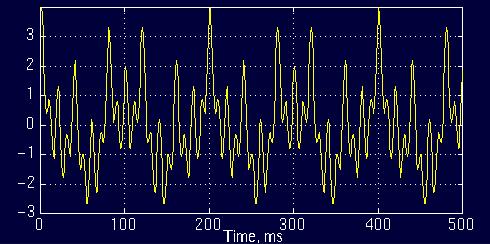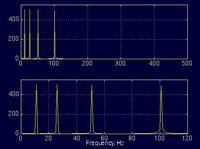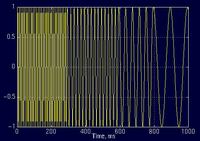Aya2002
Advanced Member level 4

stationary signals
Hi Friends,
i need to know what is the non stationary signals?
if someone can help me by equations and drawing please....
Hi Friends,
i need to know what is the non stationary signals?
if someone can help me by equations and drawing please....





